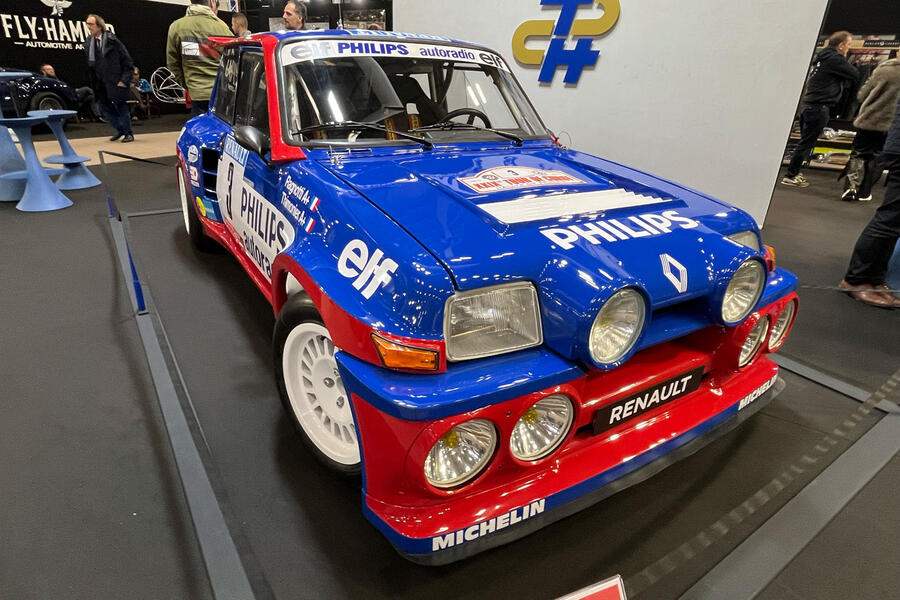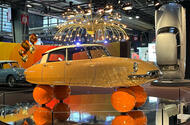Gallic machines have this intangible allure about them – we head to Rétromobile to find out where the magic lies
There’s something fascinating about French cars – this intangible quality that’s able to turn a humdrum machine into something rather compelling.Â
It’s a tricky one to pin down, but if one is to tap the source of that famed va-va-voom anywhere, it’s surely Rétromobile. Held on the outskirts of Paris, down the road from Parc André Citroën, it’s a huge classic car bash that attracts the backing of major retailers, owners’ clubs and manufacturers. You will see a real variety of stuff here, from a humble Peugeot 205 to the new Porsche 911 GT3 – even an ex-Michael Schumacher Formula 1 car.
One of the big draws this year is Renault’s stand, where its new electric streamliner, the Filante, is making its first public outing. It’s meant to set a new record for EV efficiency, but there’s more to it than rigorous engineering alone, for it’s rather handsome to boot.
“Everything is simpler, more sleek,†Renault design boss Gilles Vidal explains, suggesting the one-off creation not only had to meet a lofty technical goal but also look good while doing it.Â
It’s this ethos – the intersection of world-beating engineering and jaw-dropping design – that defines many of the French icons on show.
Take the original Citroën DS as an example. Its famed hydropneumatic suspension played a big role in ensuring that it could challenge the likes of Mercedes-Benz in the luxury saloon market, but it was that unconventional design that captured hearts. So stunning were its proportions – our correspondent in October 1956 wrote that its rear wheels “could hardly be further aft, nor could the seating be more ‘within the wheelbase’†– that it transcended motoring.Â
Its transition into an art piece was completed in 1959 when Citroën ad man Claude Puech proposed rigging one up with giant balloons in place of wheels to illustrate the DS’s famed ride quality. It’s one of the enduring images of the model and, having been faithfully recreated as Rétromobile’s centrepiece, it draws a big crowd.
The artful touch isn’t restricted to the nation’s road-going machines. Around the corner from the DS is a Matra MS120D grand prix car from 1972, and it’s a stunning work of sculpture. There’s a sense of fluidity from its frontal intake all the way back to its rear spoiler, as if you could trace the flow of air over it by hand.Â
Down the way is a British-built BRM P160B from the same year – a more competitive racer but nowhere near as pretty, with odd angles and strange protrusions all over the shop.Â

The rally cars aren’t half bad either: one of Jean Ragnotti’s 1980s Renault 5 Maxi Turbos is tucked away in a back corner, resplendent with not one, not two, but six foglights. It’s unlikely that monsieur really needed that much visibility, so maybe the two snout-like pods on the bonnet’s leading edge were purely an expression of excess, hinting at the Turbo’s stonking performance.
On the subject of France’s beloved Cinq, there’s a furore brewing on the Renault stand. People are swarming the brand new electric model, cooing. “C’est magnifique,†one man says to his family, and his children concur: “C’est magnifique!â€
It seems we’re on the verge of a new era of design flair. If it just so happens to draw on the finest and indeed weirdest French machines like those seen at Rétromobile, bring it on.


